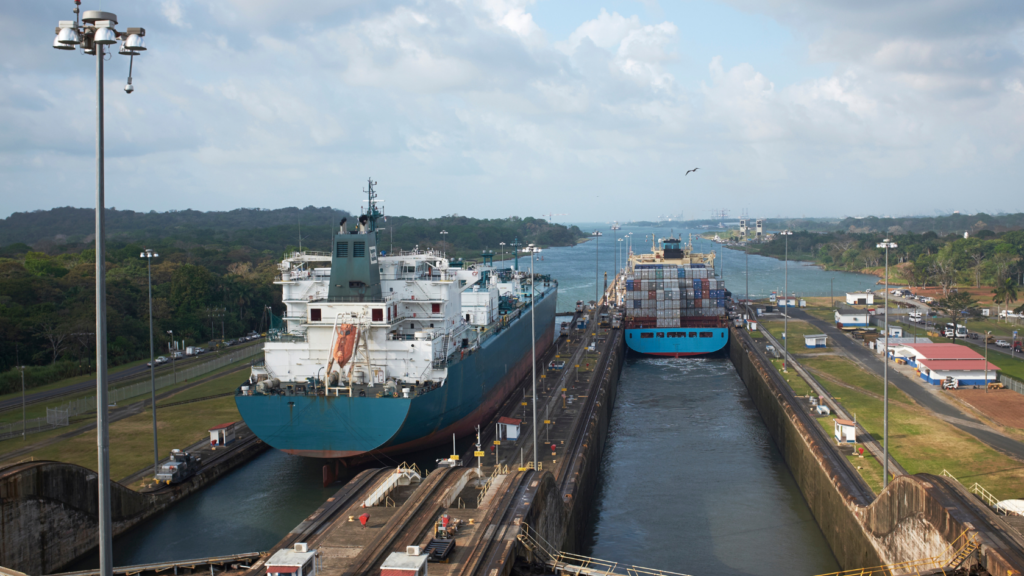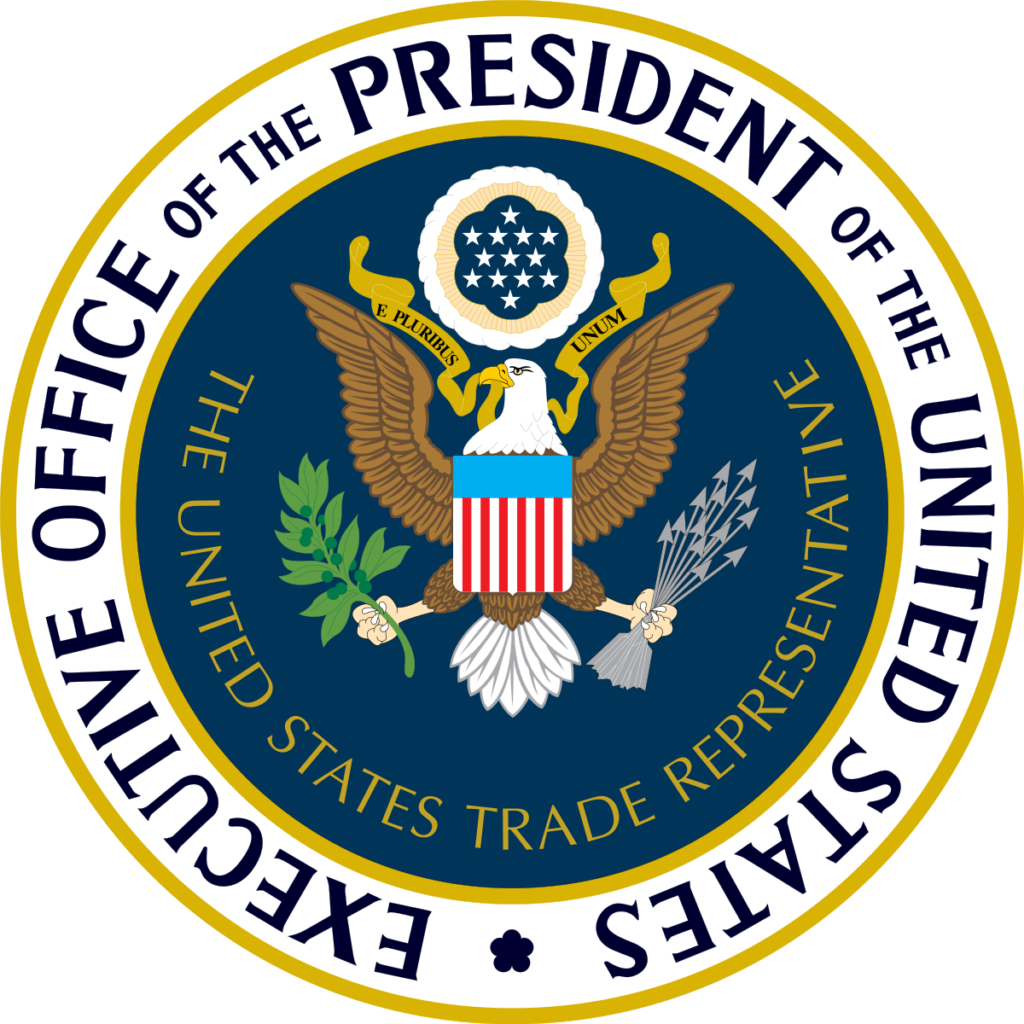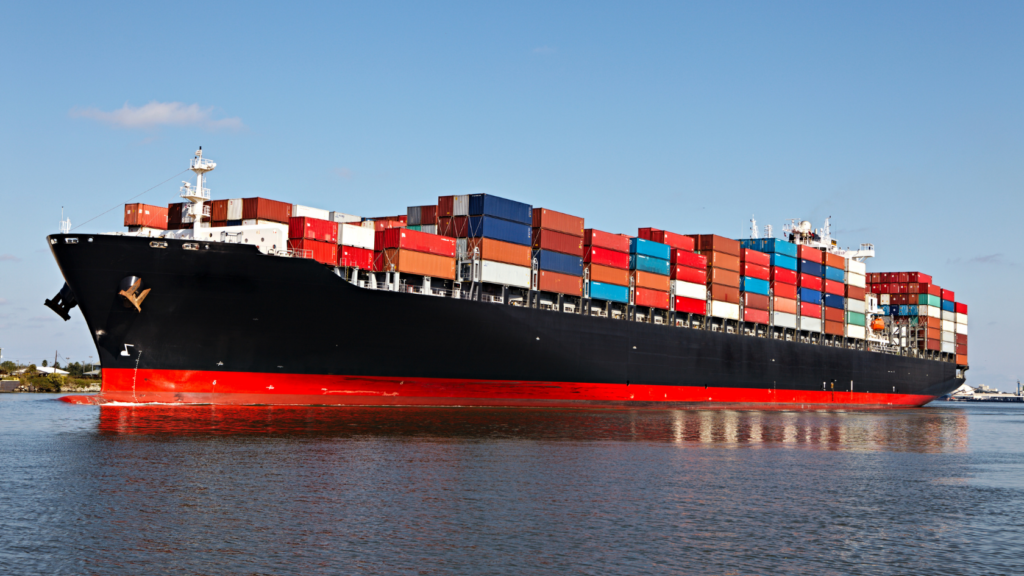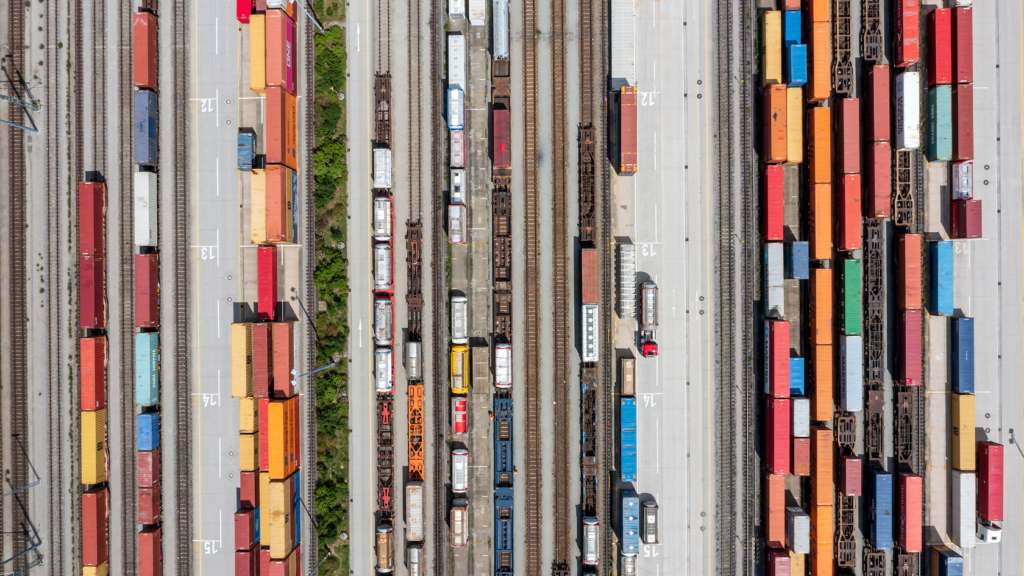USTR Exclusions, Rail Oversight, Imports Down, Better Service, and Panama Drought.
Your weekly All-Ways round-up of supply chain news.
Extended Exclusions
The United States Trade Representative announced that 77 of the 81 COVID-related exclusions have been extended in the China Section 301 Investigation. Although they were set to expire on May 15, 2023, they were extended through September 30, 2023. This will allow the USTR to consider feedback from stakeholders and the public alike. For ease of transition, the other exclusions were extended through May 31, 2023.
Originally granted in December 2020, these exclusions cover medical-care products. Additional information can be found in the Federal Register notice.

More Support
Last week, the National Shippers Advisory Committee (NSAC) put in a request that the FMC add on regulatory oversight of rail storage fees under its detention and demurrage rule. The source of frustration is that neither the FMC nor the Surface Transportation Board (STB) has authority over charges incurred.
This week, the National Industrial Transportation League (NITL) joins in to advocate that “through” transportation charges be assessed by the FMC under ocean bills of lading.
“This proposal would ensure that rail storage charges assessed on intermodal shipments moving in international commerce are subject to FMC oversight and the [Ocean Shipping Reform Act of 2022] requirements,” NITL said in a statement.
Because the FMC is in the middle of finalizing its rulemaking on detention and demurrage, discussions around rail storage charges have been front and center. Shippers want the FMC to have jurisdiction over these charges by making the billing party ocean carriers.
On the other hand, the World Shipping Council (WSC) argues that the STB is already handling all rail-related disputes.
John Butler, president and CEO of the WSC stated that “The law today says that STB jurisdiction is exclusive on rail-related matters, so the FMC cannot be granted jurisdiction without also affecting the scope of STB jurisdiction.”
Butler feels that granting the FMC jurisdiction “would disincentivize ocean carriers from offering through bills using rail, and I doubt that is what shippers want. It’s safe to say that this issue needs a lot more thought from everyone involved.”
On May 11, the NSAC, which advises the FMC, recommended that the agency should handle all detention and demurrage charges at all terminal spaces billed by or on behalf of ocean carriers.
April Imports
In 2023, there was an 11% decrease in imports to the US in January, a 20% decrease in February, and a 23% decrease in March.
S&P Global Market Intelligence data indicated that US-bound imports for the month of April were down 15%. This is the ninth month of consecutive decline in volume.
But is it all that bad?
Chris Rogers, Head of Supply Chain Research at S&P Global Market Intelligence said in an interview that “if you look at a lot of consumer demand figures, like retail sales and so on, they're actually not too bad. Clearly, there are a lot of retailers that have been reporting annual revenues are down anywhere between 5% and 20%. But I think I always want to be wary of some of the kinds of macro numbers like U.S. retail sales, which never seem to quite pair up with what companies are reporting in terms of their actual financials.”
Some of this is caused by retailers attempting to clear inventory. Some shippers believe that this will be coming to an end shortly.
“I imagine that in about two months we will be talking about the inventory rebuild of 2023. But, in terms of the April data, we are still seeing a big chunk of destocking going on there,” Rogers continued.
For the month of April, S&P Global Market Intelligence tracked other vertical industries and found that -
➡️ Auto parts declined 14% annually and increased 8% compared to 2019
➡️ Durables declined 27% annually and increased 6% compared to 2019
➡️ Consumer electronics declined 13% annually and 14% compared to 2019
➡️ Household appliances declined 13% annually and increased 33% compared to 2019
➡️ Leisure products declined 26% annually and 4% compared to 2019
➡️ Textiles, apparel, and luxury goods declined 27% annually and 8% compared to 2019
What will the future look like?
Based on TEU per day, the rest of 2023 will likely see a return to pre-pandemic seasonal shipping patterns for consumer goods.
“We are not in the peak shipping season yet, but the off-peak shipping season looks pretty much like we are back to normal,” Rogers said. “As we go into that critical July-August period, we are watching to see if those trade patterns return to normal. Last year, we saw a lot of companies shipping early, and many companies shipped way too early, which is why there was such a slump at the back end of 2022. Our economic forecasters do expect to see a recovery in the back end of the year, with the fourth quarter expected to be up 4%-to-5% annually. That gets things back to pre-pandemic levels but not back to the boom times. There has been this discussion of if we are back to the old normal or if we are in a new normal. Unless something weird happens, we are looking at a return to the old normal.”
Lower Volumes = Better Service
In 2023, North American intermodal services vastly improved. But some are not too sure it has anything to do with them running a tighter ship.
In the Intermodal Service Scorecard survey, the majority of the 100 shippers and intermodal marketing companies (IMCs) said that fluidity and service had improved.
“Service is definitely much improved, even though there are still inconsistent transit times on some lanes and railroads are slow to notify containers as available on other lanes,” one surveyor wrote.
According to the Intermodal Association of North America, 2.1 million domestic containers and trailers were moved by railroad, down 8.5% from the same period last year.
From January to the first week of May, Intermodal train speeds increased by 4.2% year over year according to the Association of American Railroads. Timeliness improved too with a whopping 93% of intermodal trains in the US arriving on time or less than a day late, up 12% from the same period last year.
However, competitive truck rates still remained a problem for railroads. 79.3% of IMCs reported losing freight to the highways in 2023 bids. In the first quarter, intermodal contracts saved less than usual and trucking services were cheaper and faster than trains on some lanes.
Short-haul lane trucking rates became increasingly competitive. Routes on the East Coast between Atlanta, Chicago, and Elizabeth, New Jersey, and routes through Florida were especially competitive.

Panama Drought
Roughly 6% of global maritime trade passes through the Panama Canal. In 2022, the channel had just about 15,000 vessels with 520 million tons of cargo pass through it.
The region has seen drier conditions than usual in the last few months. Everstream Analytics’ Chief Meteorologist Jon Davis explained how low rainfall will impact the supply chain.
Lake Alajuela and Lake Gatun are two large lakes in the interior sections of Panama that provide fresh water to the channel to “lift” vessels across the country. At around 26 meters above sea level and 12 locks from the Pacific to the Caribbean, the “lift” requires about 200 million liters (52 million gallons) of fresh water to move one vessel through the canal.
In simple words, low rainfall would mean that there’s just not enough water to process the same volume of ships. The canal authority has already put restrictions in place and is now only accommodating vessels with less weight on them.
Drier than Usual
February, March, and April are usually the start of the rainy season in Panama. This year, the region experienced the lowest percentage of rainfall in this century at 50% lower than usual and in some cases, 25% lower than usual. Rain is integral to replenishing the interior lakes that provide fresh water to the channel.
The last time this happened was in 2019 when rainfall was at 60% of normal which led to major supply chain disruptions. 2023 will likely be more dire.
The forecast is dry for the next few weeks and there are no signs of that changing through the rest of spring. With below-average rainfall across Panama, lake levels will continue to decrease leading to more restrictions and disruptions to shipping over the canal.
Looking into the summer months, an El Niño event is expected. When ocean temperatures are warmer than normal in the equatorial Pacific, Central America usually experiences drier than normal conditions. El Niño would further impact conditions at the Panama Canal.




